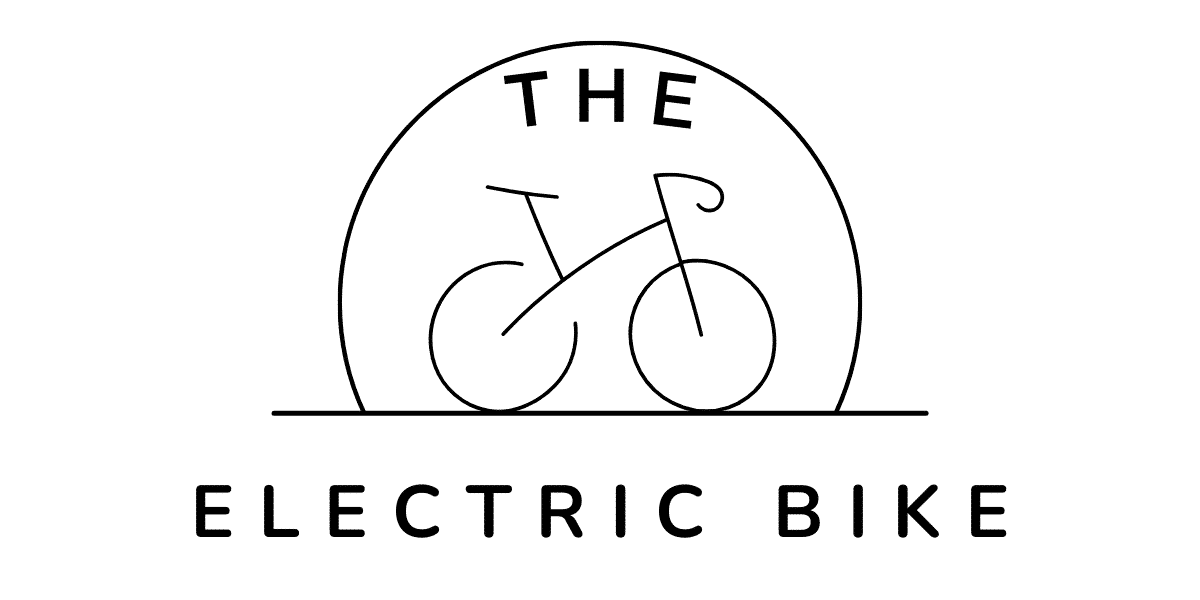As electric bikes (also known as e-bikes) increase in popularity, potential buyers and current owners often find themselves asking one essential question: Do you need a license to drive an electric bike? The answer is not always straightforward and depends on various factors, including local regulations, the power output of your e-bike, and how it has been classified. This article aims to clarify these crucial aspects and help you understand whether or not a driving license is necessary for your electric bike.

The Definition and Classification of Electric Bikes
Before discussing licensing requirements, it’s vital to first understand what constitutes an electric bike. An electric bike can generally be defined as a bicycle equipped with an electric motor that assists the rider while pedaling. These motors usually have a maximum power output between 250-750 watts, depending on the region. E-bikes are further categorized based on their top assisted speed and type of motor.
Categorizing Electric Bikes by Speed
- Pedelec (Pedal Electric Cycle): This type of e-bike has a motor that only provides assistance while the rider is pedaling. The motor generally stops assisting once the bike reaches a specific top speed, typically around 28 mph (45 km/h). Pedelecs are considered similar to traditional bicycles in many regions, so they often do not require registration or a driver’s license.
- S-Pedelec (Speed Pedelec): Similar to the standard Pedelec, S-Pedelecs also only provide motor assistance while the rider pedals. However, these e-bikes are capable of reaching higher speeds – up to 28 mph (45 km/h) – and are thus usually subject to different licensing and registration requirements.
- Throttle-assisted e-bike: Unlike pedelecs, throttle-assisted electric bikes are equipped with a motor that can be controlled by a hand throttle. This means that the rider does not have to pedal for the motor to provide assistance, which can result in higher speeds. Due to their greater capabilities, these e-bikes often face more restrictions and may require registration and licenses in some regions.
Licensing Requirements by Country or Region
Whether or not you need a license to drive an electric bike primarily depends on the specific regulations of your country or region. Here, we aim to provide a general overview of licensing requirements across several countries and regions around the world.
United States
In the United States, the federal definition classifies electric bikes into three main categories:
- Class 1: Low-speed pedal-assisted electric bicycles
- Class 2: low-speed electric bicycles with throttle-activated motors
- Class 3: speed pedal-assisted electric bicycles
According to federal law, electric bikes falling under Classes 1 and 2 must not exceed a top assisted speed of 20 mph (32 km/h), while Class 3 e-bikes can reach up to 28 mph (45 km/h). However, specific state laws may impose additional regulations, such as helmet use, registration, and licensing. Generally, licenses are not required for lower-powered e-bikes meeting federal classification standards (Classes 1 and 2).
European Union
In the European Union, there are two primary classifications of electric bikes: Pedelecs and S-Pedelecs. Pedelecs have a top assisted speed of 15.5 mph (25 km/h) with a motor output not exceeding 250 watts, while S-Pedelecs can reach speeds up to 28 mph (45 km/h). Riders of pedelecs are generally not required to hold a driver’s license, but those operating an S-Pedelec may require a moped or motorcycle license, as well European type approval.
United Kingdom
In the United Kingdom, electric bikes need to meet specific requirements known as “Electrically Assisted Pedal Cycles” regulations to avoid licensing,
- Be aged 14 years or older to ride one
- Have an electric motor with a maximum power output of 250 watts
- Not provide motor assistance above 15.5 mph (25 km/h)
If your e-bike meets these criteria, you do not need a driving license or vehicle registration. However, failing to comply with these guidelines will categorize your e-bike as either a moped or motorcycle, which brings additional requirements such as licensing, registration, insurance, and helmets.
Additional Considerations: Helmets, Insurance, and Road Access
Besides potential licensing requirements, e-bike riders should also consider other factors like helmet use, insurance, and road access. Regardless of whether a license is needed, wearing a helmet when riding an electric bike is highly recommended and sometimes legally required – especially for faster, more powerful models.
It is essential to be aware of insurance requirements specific to your region or country, particularly if your e-bike is classified similarly to a moped or motorcycle. Lastly, certain regions may restrict the access of e-bikes to specific roads, trails, and bike paths. Always research your local bicycle regulations before embarking on a ride.
To answer the question, “Do you need a license to drive an electric bike?” – it depends on your location and the specific features of your e-bike. In most cases, low-powered pedelecs that abide by federal regulations do not require drivers to hold a license. However, higher-powered e-bikes like S-Pedelecs or throttle-assisted models could necessitate licensing, among other legal obligations such as registration, insurance, and helmet usage. Ultimately, individual regional regulations dictate requirements for e-bike drivers – so familiarizing oneself with the respective rules will ensure legal compliance and promote safety on the road.
